The walled garden at Whithurst Park — and the owners who made it from scratch
Growing your own is one thing, but at Whithurst Park in West Sussex, fruit and vegetables aren't the only thing rising fresh from the ground.


'Virtually every cottage and country house in Great Britain and Ireland once had its own kitchen garden,’ wrote the late kitchen-garden historian Susan Campbell in the introduction to her book Walled Kitchen Gardens (Shire, 1998). She went on to chart their demise after the Second World War, when productive gardens of all sizes fell into swift and permanent decline. The reasons were clear: labour costs had soared and cheap imports of fruit and vegetables from around the world made the hard slog of growing your own not really worth the candle.
In the past few decades, all has changed again. We want to know both where our food is coming from and how our fruit and vegetables are grown — are they fresh and locally sourced? What about regular exposure to chemicals? To that end, old plots have been dug again and many walled gardens — their glasshouses broken and all signs of paths long since hidden by grass — have been restored.

At Whithurst Park, however, Richard Taylor and his partner, Rick Englert, have gone one further and built a new walled garden from scratch.They do have form: their magnificent Jacobean-style manor, complete with pavilion towers and faced with locally made red bricks, was designed by their great friend Kit Rae-Scott and completed in 2004.
By 2006, Mr Englert, a designer who was born in Texas in the US, had identified a suitable site for a walled garden on the north side of the house, where there was an area of scrubland and saplings leading to dense woodland, in which lies a lake. About 20 small trees were cleared by Henry Nicholls — a nice touch, as it was his great-grandfather who had once owned Whithurst and had planted the many Monterey pines (Pinus radiatus) that surround the property.
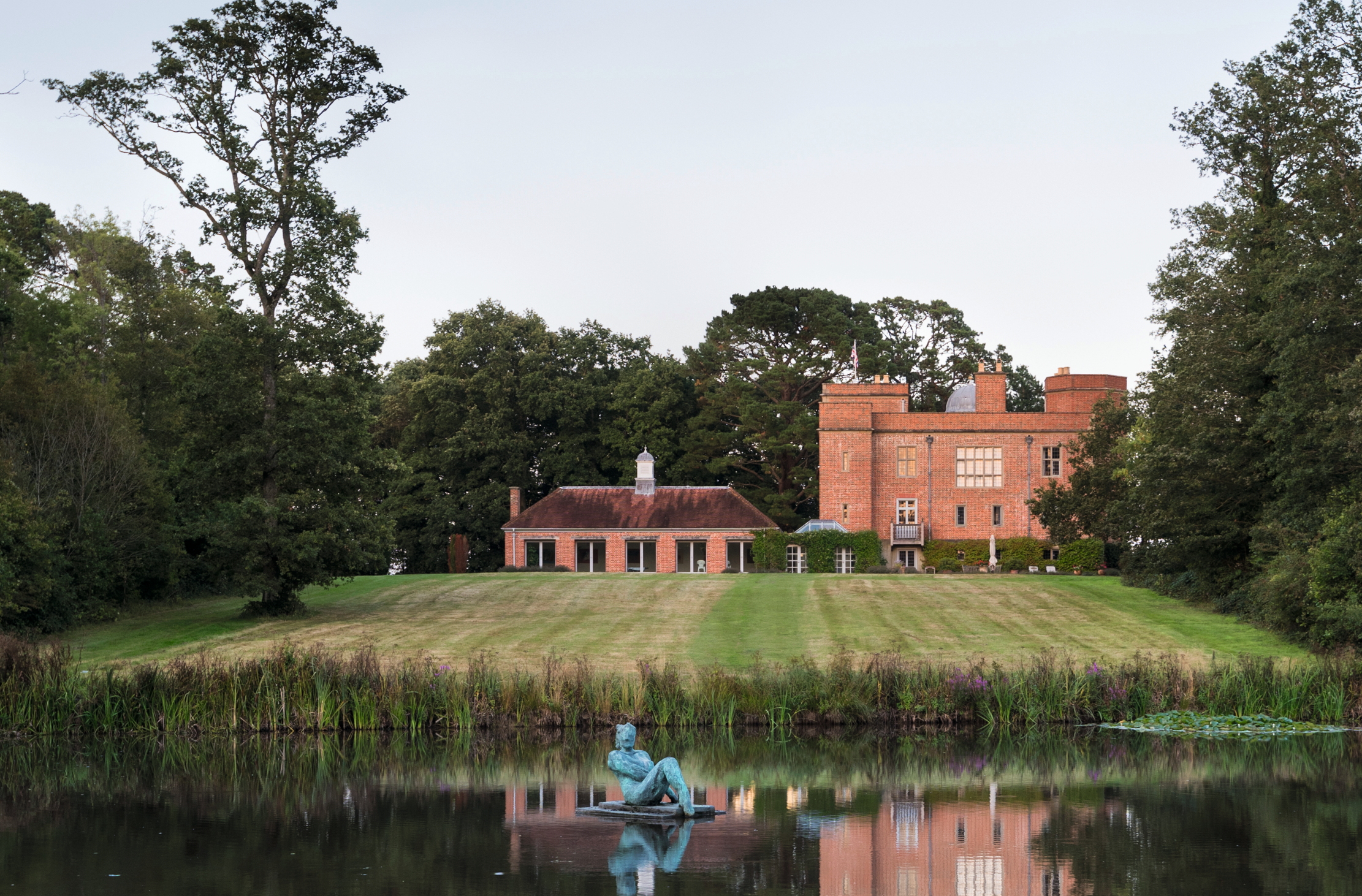
Mr Rae-Scott drew up the plans the following year and Ceecom, which had built the house, started to construct walls stretching 200ft by 100ft, of a depth of 1½ bricks. The walls would be solid, with cavities only within the stone piers, to prevent cracking. Although the plot slopes from east to west by just over 3ft, it was decided not to level the ground, as the drop didn’t appear too severe and certainly is not obvious to the untutored eye. Work took about 2½ years to complete, using 103,000 handmade Lambs Whithurst Mix bricks produced in West Sussex, the same kind as used for the house.
Attention next turned to the layout of the walled garden itself and it was at this point that they first met Mrs Campbell — an author, lecturer and consultant on walled kitchen gardens — through the Walled Kitchen Garden Network, a group of experts and organisations who offer advice in restoring walled gardens. With her was her partner, Mike Klyne, also a master gardener (he was head gardener at Babington House, Somerset).
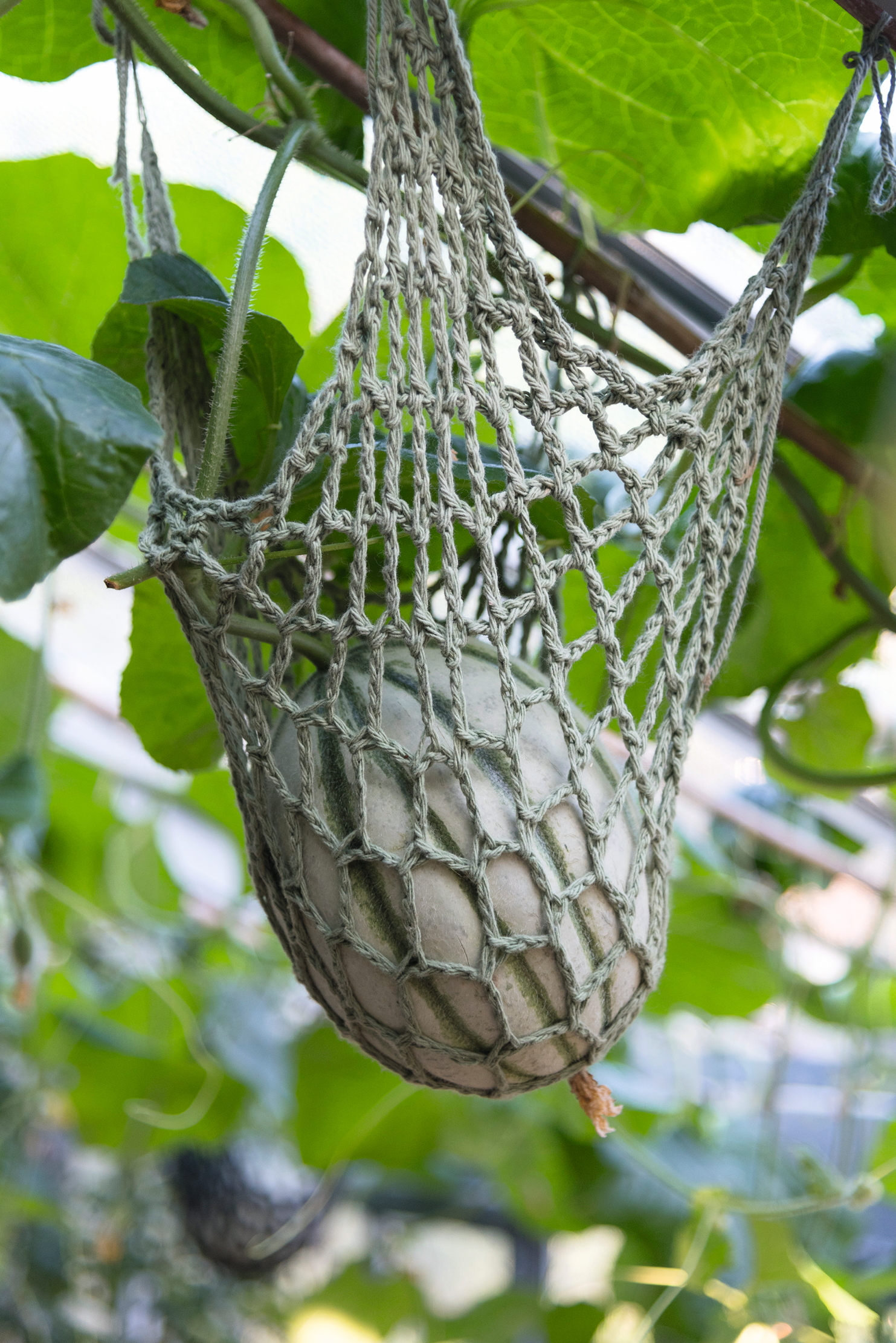
‘We were seeking help with improving the soil,’ recalls Mr Englert. On showing her his drawings, she immediately insisted that he increase the depth of the borders that run around the insides of the perimeter walls. To improve the heavy clay soil — which was rapidly turning to deep sticky mud — Mr Klyne, after taking samples, recommended adding Epsom salts. ‘We worked in 480 tons of grit,’ says Mr Englert, ‘and the same amount of topsoil, plus 750lb of magnesium sulphate (Epsom salts) to get the soil ready for planting out.’
Exquisite houses, the beauty of Nature, and how to get the most from your life, straight to your inbox.
Inspiration came from visiting Pylewell Park in Hampshire, as well as other famous West Sussex walled gardens at Petworth, Parham and West Dean. The final layout divides the garden into four quarters, with a central pond and fountain, and includes a large Hartley Botanic greenhouse, beautifully kitted out potting sheds and an ingenious automated watering system. The beds at the heart of the two northern quadrants contain Jerusalem artichokes underplanted with strawberries — a nice touch — with quinces and strawberries for the southern ones. Crops are rotated through the four main growing beds and the walls are covered with fan-trained stone fruits.
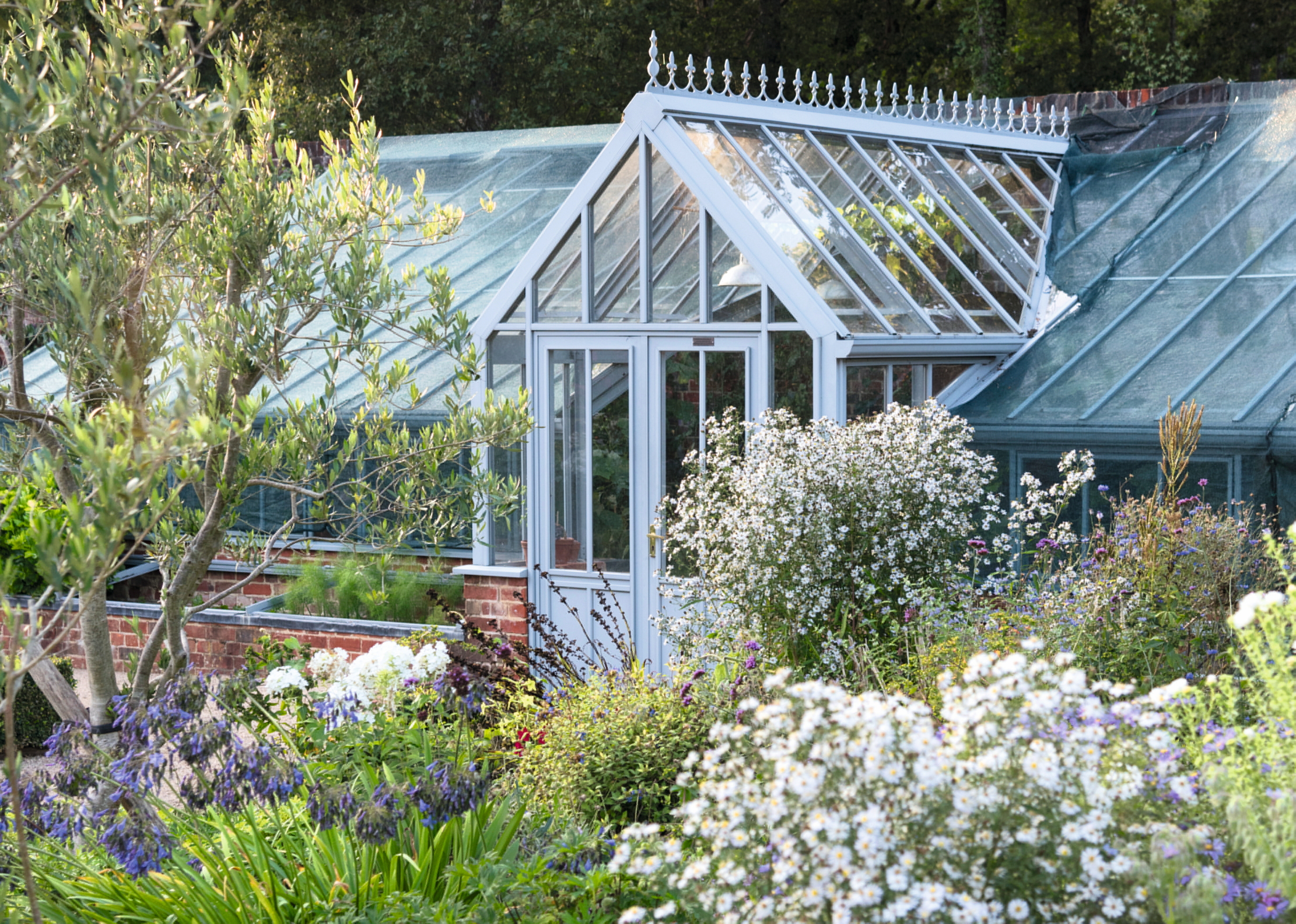
Mr Englert has been assiduous in championing local producers and produce, to which end a mini apple orchard featuring Sussex apples is being planted around the tennis court. So far, the collection includes ‘Crawley Beauty’; ‘Egremont Russet’, thought to have been raised at Petworth, seat of the Earl of Egremont; ‘Duck’s Bill’; ‘Sussex Mother’; and ‘Bossom’ (an old Graffham apple), grafted by Whithurst’s head gardener Graham Wells on scion from West Dean.
In the early years, Mr Englert sent produce to a restaurant in London and to the local village shop, but, even with volunteers, there was simply too much work in all the growing, harvesting, washing, packing, delivering and drawing up of sales invoices to make it worthwhile in the long term. Consequently, over the years, some beds have been given over to flowers, which are grown by Maree Delahunt. She has been working here for more than 10 years and her plan is to gradually introduce more perennials, which will help cut down on day-to-day work.
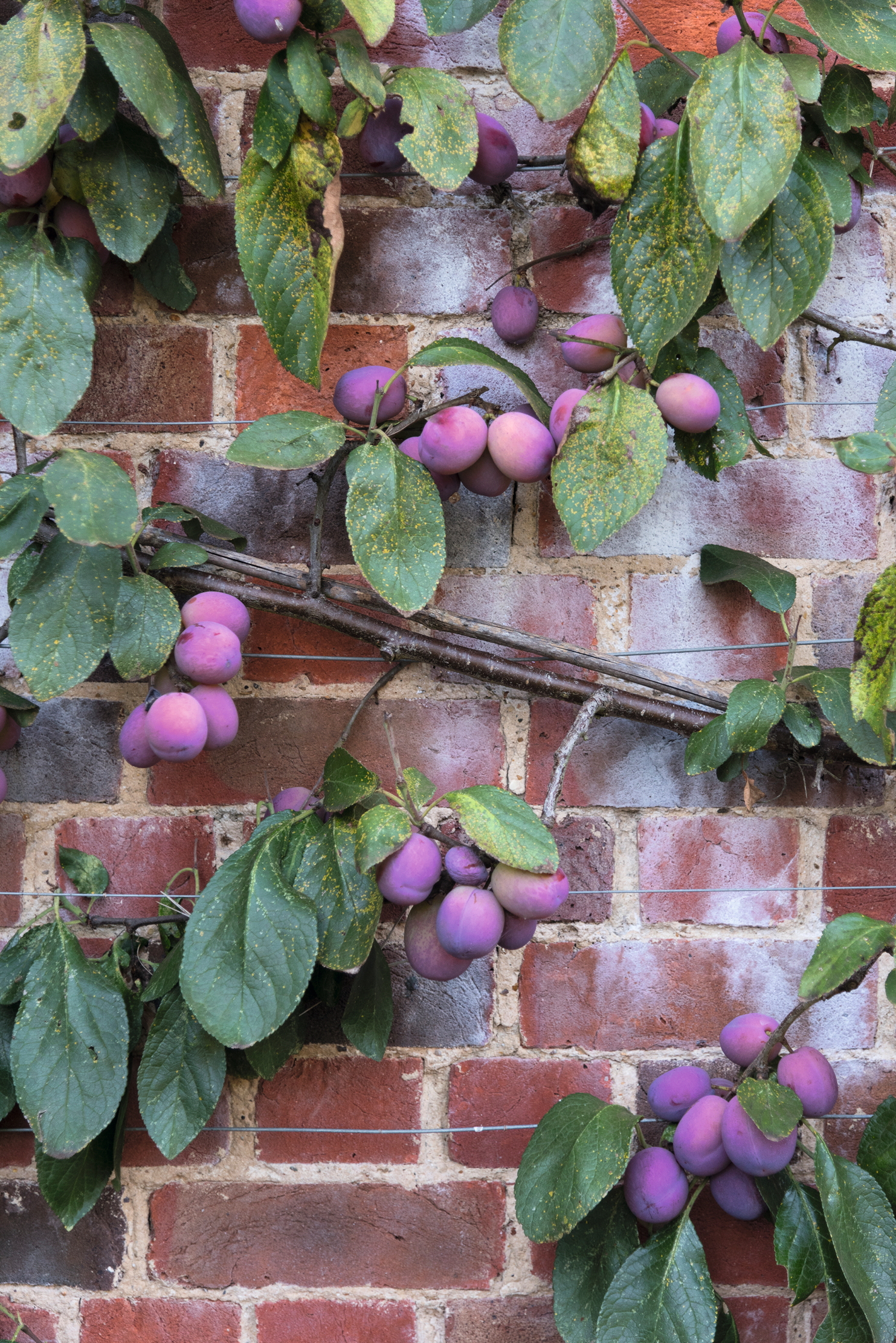
The edibles, of which there are still an impressive variety and quantity — of enviable size and health — are grown by Mr Wells, using organic permaculture principles. He likes to follow the rhythms of the moon when sowing and harvesting, as well as constantly improving the soil with home-produced compost from three large bays. Outside the walls are four standing plastic barrels, in two of which are suspended bags of sheep droppings in water. The other two contain a bag of soot from the sweep. ‘Soot is high in nitrogen, which is good for celeriac,’ mentions Mr Wells. ‘Chrysanthemums also like it.’
Over the wall, in a meadow, stands a circle of six beehives, the inhabitants of which contribute to healthy pollination. Clearly, something is right, because the celeriac at Whithurst are as big as rugby balls and the rows of brassicas, proud on their raised banks of soil, could hardly look happier.

Where to see snowdrops: The best places in Britain
The sight of these tiny white flowers peeping through in January or February never fails to cheer us up –
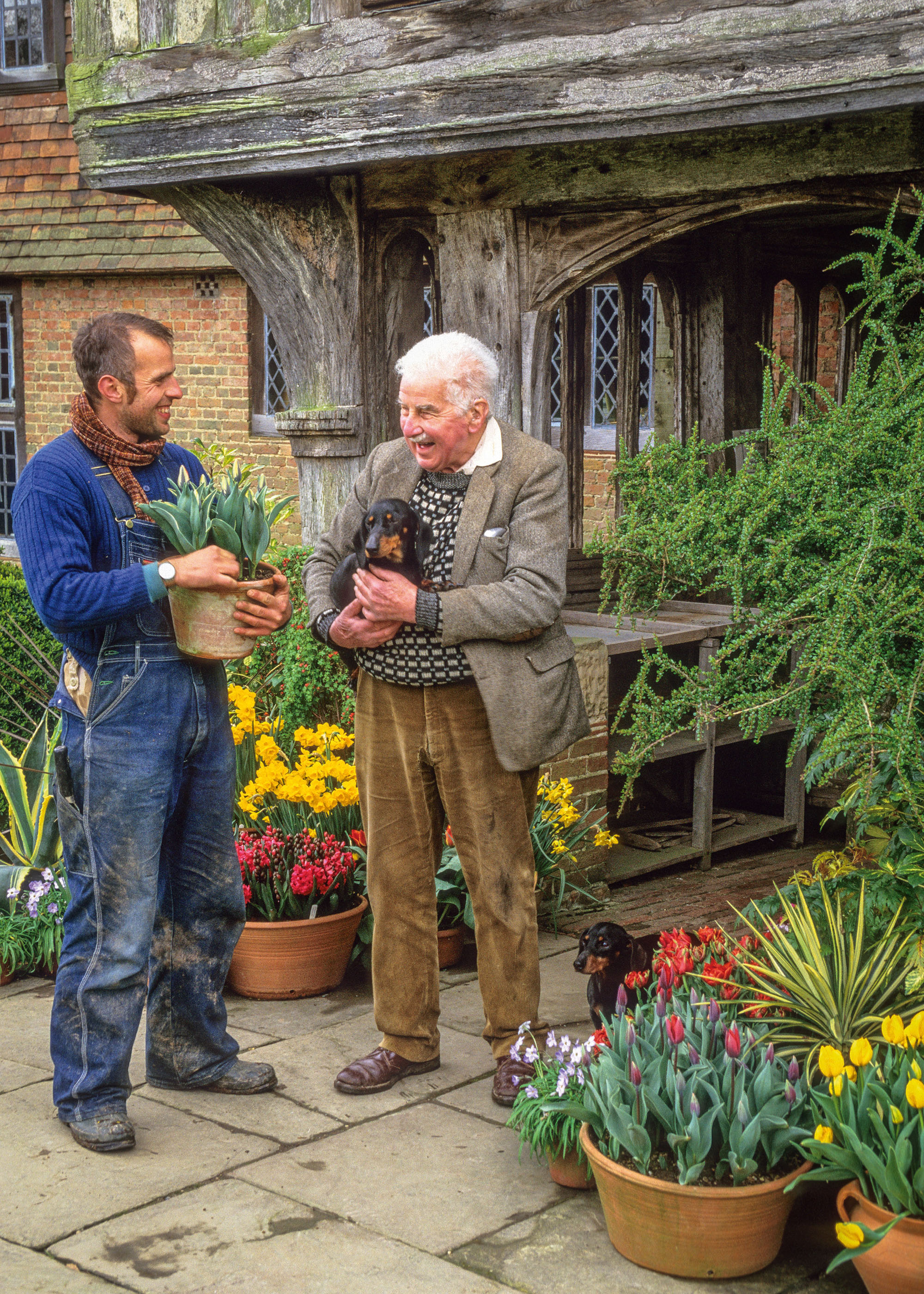
Alan Titchmarsh: The art and craft of the head gardener
There are a healthy number of estates whose gardening staff are a vital part of their continued existence — Alan Titchmarsh
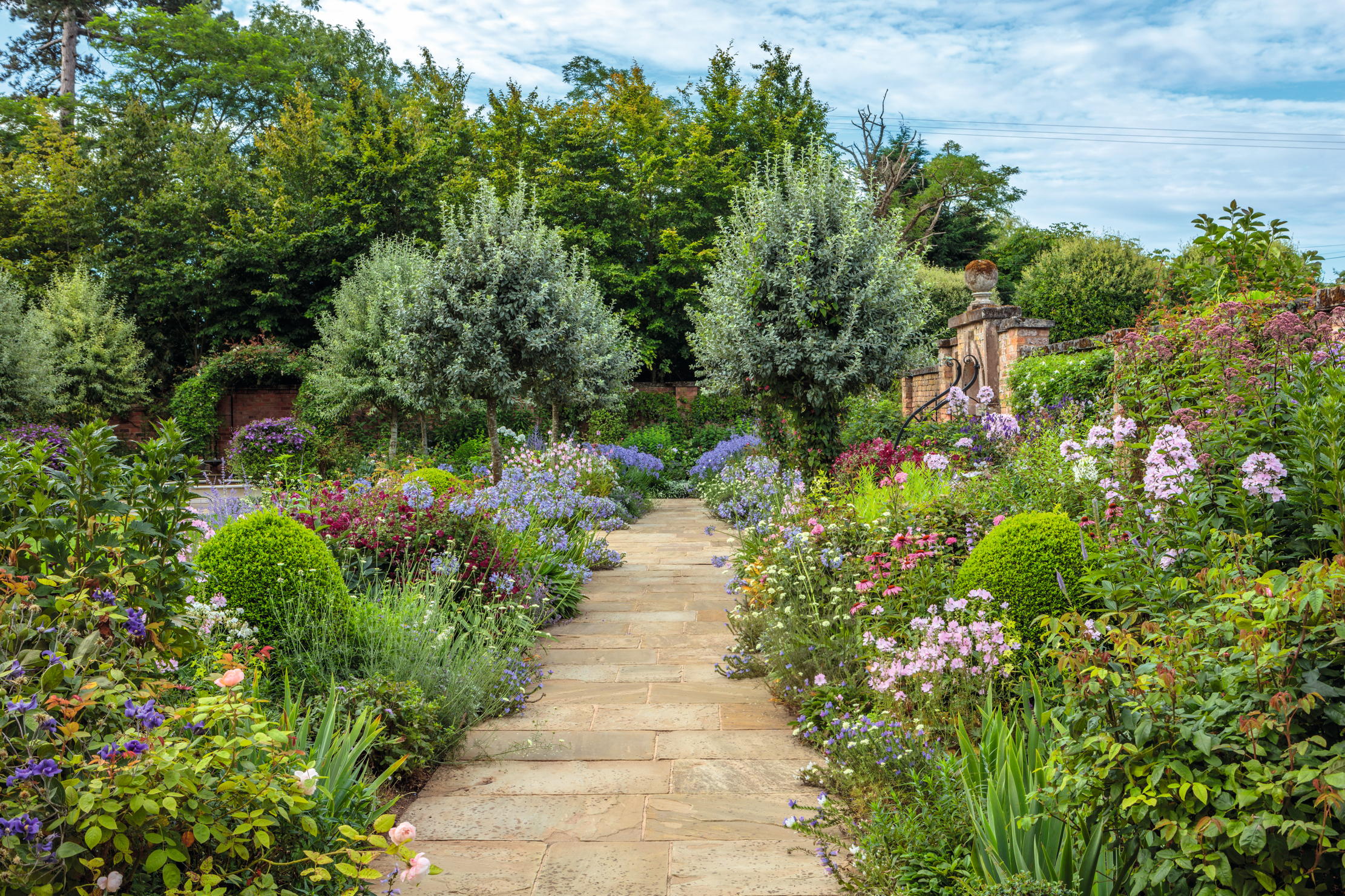
How Morton Hall's owner has reinvented the art of clematis training
Tiffany Daneff visits Morton Hall in Worcestershire to discover the secret of its owner’s new clematis-training technique. Photographs by Clive

The walled garden at Glenarm Castle, full of surprising, exhilarating and fiery colours
Glenarm Castle's walled garden is a testament to the endless nurturing enthusiasm and creativity of those who care for it,
Previously the Editor of GardenLife, Tiffany has also written and ghostwritten several books. She launched The Telegraph gardening section and was editor of IntoGardens magazine. She has chaired talks and in conversations with leading garden designers. She gardens in a wind-swept frost pocket in Northamptonshire and is learning not to mind — too much — about sharing her plot with the resident rabbits and moles.
